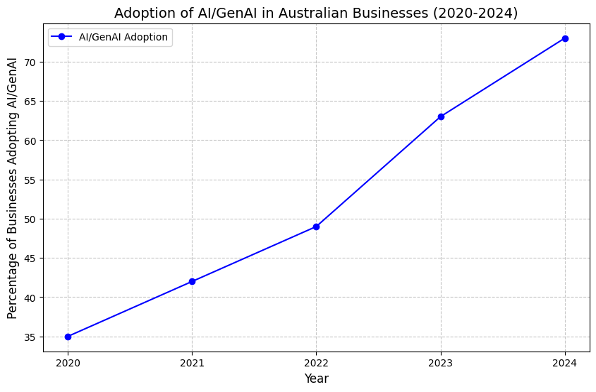By Alfie Lagos, founder and director, Lexlab
AI will be to technology what the wheel was to transport. Revolutionary. But right now, it’s more like a triangle. The potential is undeniable, but until it’s properly integrated, it’s a rough ride.
Every headline, every software update, every industry discussion. If you’re not using AI, you’re at least talking about it. But after integrating AI into our own platforms, custom GPTs, and tools like Perplexity, I’ve realised something. Right now, AI feels like the wheel before the invention of the car.
The wheel, by itself, isn’t that useful. A wheel without a car, a bike, or even a cart is just a well-rounded rock. The innovation is undeniable, but its real power wasn’t unlocked until it was combined with other breakthroughs. An engine, a chassis, a steering system. That’s where AI is today. It’s not that it has been only slightly useful. In fact, it’s already driving significant efficiencies in focused applications. But that’s also the challenge. Right now, it’s being deployed in highly specialised, isolated ways, solving very specific problems rather than unifying value.

Alfie Lagos
As a business, we’re constantly signing up for new AI-powered platforms to address niche challenges. One tool refines audience targeting, another optimises creative assets, another automates reporting. Each of these adds value, but they don’t yet work together in a seamless, cohesive way.
The explosion of AI tools today feels like the discovery of the car’s many parts. The engine, the cabin, the electrical system. All being developed separately. The real transformation will come when AI brings these elements together into a unified and cohesive system, just like the wheel became truly revolutionary when it was integrated into a fully realised vehicle.
The hype is real, and the numbers back it up. AI adoption is surging, but the real story isn’t just in how many companies are using it. It’s in how they’re integrating it. In 2024, AI adoption among organisations worldwide reached 72 percent, a significant increase from 55 percent the previous year [1]. Generative AI has been embraced by 65 percent of organisations globally, highlighting its swift transition from an emerging trend to a mainstream business tool [1].

Source:Deloitte [4], Ipsos [5], McKinsey [6]
This trend is evident in Australia’s business landscape. According to NAB’s 2025 SME Outlook, business owners are recognising the need to stay ahead of tech advancements, with 41 percent planning to increase tech adoption, and a third aiming to embed more AI into their operations, and strengthen cybersecurity protections [3]. Rachel Slade, NAB Group Executive for Business and Private Banking, emphasises that “the pace of technology adoption is transforming the business landscape, and business owners are keenly aware of its potential to help them grow, thrive, and adapt.”
The next stage of AI innovation
So, what does this mean? The real revolution won’t come from AI as a standalone tool but from AI as an invisible force embedded within everything we use. Just like the wheel became game-changing when attached to a vehicle, AI will become indispensable when seamlessly integrated into the software and workflows that run our world.
For the advertising and marketing industry, the implications are already clear. AI is supercharging teams by offloading some of the core knowledge requirements to models like OpenAI’s GPT, Gemini, and others. In-housing and streamlining marketing functions is becoming easier, and suddenly, every team has the equivalent of a mid-level marketing or advertising executive in the room.
But the real power lies in controlling and being accountable for AI’s output. Pushing critical decision-making to a black-box AI model that hallucinates or lacks context won’t work for brands that take this flippant approach. The real opportunity is using AI to generate well-informed, methodical, and justified decisions, wrapped in a clearly articulated brief.
Data privacy is another major consideration. Feeding critical client data into public LLMs presents risks, and we’re likely to see a rise in brands hosting their own models locally or within private environments to prevent sensitive data from bouncing across the globe. Balancing speed and quality of output is where the next stage of AI innovation will focus.
Right now, AI isn’t a polished wheel. It’s more like a triangle, rolling forward but still bumpy. The question isn’t whether it will change everything. It will. The real question is. Who’s going to smooth the edges and build the vehicle that makes AI truly useful?
References
[1] Statista (2024). AI Adoption Among Organizations Worldwide. Retrieved from Statista
[2] Demand Sage (2024). Artificial Intelligence Statistics. Retrieved from Demand Sage
[3] NAB (2024). 2025 SME Outlook. Retrieved from NAB News
[4] Deloitte Insights: “Generation AI in Asia Pacific”
[5] Google/Ipsos Survey: “AI Adoption in Australia: New Survey Reveals Increased Use & Belief in Potential”
[6] McKinsey & Company: “Generative AI and the Future of Work in Australia”

